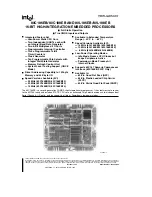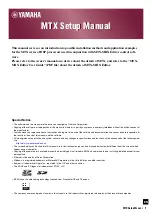
Table 1 lists settings for optimizing throughput or resolution. Of course a setting in be-
tween can be chosen to optimize performance for a specific application. The Gaussian
Equivalent Shaping Times are suggested as starting values. You may change these val-
ues to enhance throughput or resolution as required by your application.
As previously mentioned, the shaping times recommended for highest throughput pro-
duce a trapezoidal pulse response which has approximately one-half the processing
time when compared with traditional analog Gaussian shaping amplifiers. These set-
tings result in almost twice the throughput compared to traditional analog pulse pro-
cessing, with little or no resolution degradation in most high energy Ge detector
applications.
The shaping times recommended for highest Resolution produce a trapezoidal pulse
response with a processing time that is equivalent to traditional analog signal process-
ing. Longer rise time and flat top settings provide better noise filtering and reduced
ballistic deficit. However, as the system count rate increases, resolution and through-
put may degrade as a result of increased processing time and the effects of pulse pile-
up.
The optimum shaping-time constant depends on the detector characteristics (such as
size, noise characteristics and collection characteristics), preamplifier and incoming
count rate. Settings for typical germanium coaxial detectors have been discussed
above. Table B.2 lists 9660 rise time and flat top settings for other common detectors.
Table B.2 Settings for Other Common Detectors
Detector
Rise Time/Flat Top (ms)
Scintillation [NaI(Tl)]
0.8/0.2 or 1.2/0.6
Planar Implanted Passivated Silicon (PIPS)
(Silicon Charged Particle)
0.8 / 0.2, 1.2/0.6 or 2.8/0.6
Proportional Counter
0.8/0.2, 1.2/0.6 or 2.8/0.6
Lithium Drifted Silicon [Si(Li)]
8.8/1.2 or 16.8/2.4
Coaxial Germanium
2.8/0.6 or 5.6/0.8
Low Energy Germanium
5.6/0.8, 8.8/1.2 or 16.8/2.4
Refer to the specific Detector Operator’s Manual for the recommended shaping time.
A good starting point is the Gaussian equivalent processing time selections listed in
the table on page 64. The Rise Time and Flat Top setting can be optimized further
through experimentation. Collect spectra using rise time and flat top settings above
and below the recommended settings, to optimize resolution performance for your par-
ticular detector and application.
User’s Manual - ICN 9231014G
65
Rise Time and Flat Top Adjustments
















































